
- Trip description
- Travel itinerary
- Price includes
Romania is certainly a country of contrasts. In one place, you’ll find old horse-drawn carts alongside the latest car models, people dressed in traditional folk costumes standing in modern shopping centers. It’s also a country with picturesque landscapes, beautiful castles, medieval town squares, and Gypsy music.
ADDITIONALLY, two days in Budapest, the capital of goulash soup.
Boat cruise
Culture and history
Entertainment
Travel itinerary
Flight to Bucharest
We will begin our adventure with a flight to Bucharest, the capital of Romania. According to legend, the city was founded by a shepherd named Bucur. However, historically confirmed information states that the founder of the city was Mircza Stary, and Bucharest itself was established after the victory over the Turks in the 14th century.
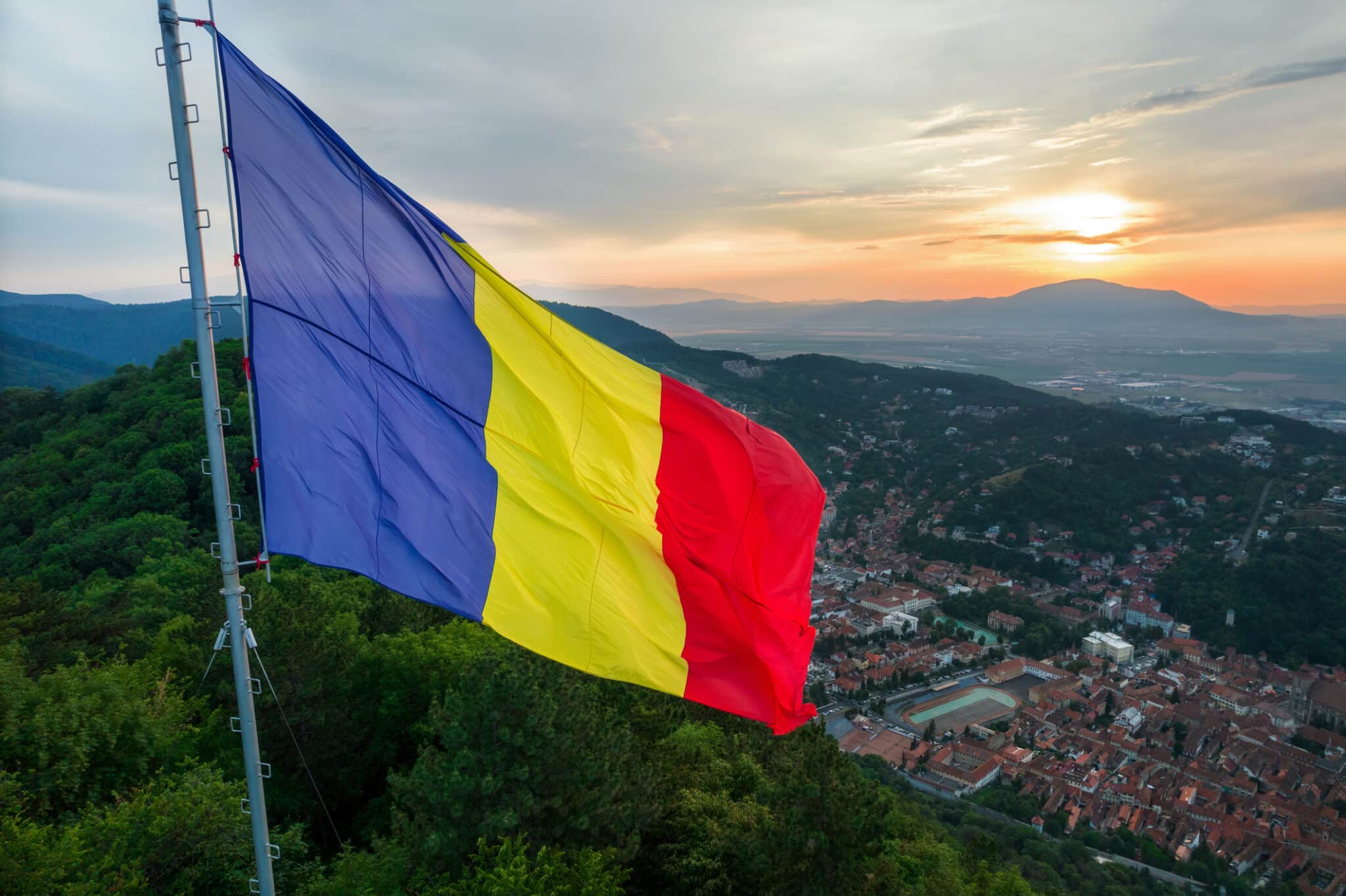
Bucharest
After arriving in Bucharest, we will take a stroll along Lipscani Street, undoubtedly one of the most interesting parts of the city. Along the way, we will pass by the “Cărturești Carusel” bookstore. It’s worth stepping inside to see how the abandoned building has been transformed into the most beautiful bookstore in all of Romania. Also, consider checking out the “Caru cu Bere” restaurant. Even if we can’t find a table to taste local delicacies, the interior decor itself will leave an impression.
In the late evening, we will return to the hotel for an overnight stay.
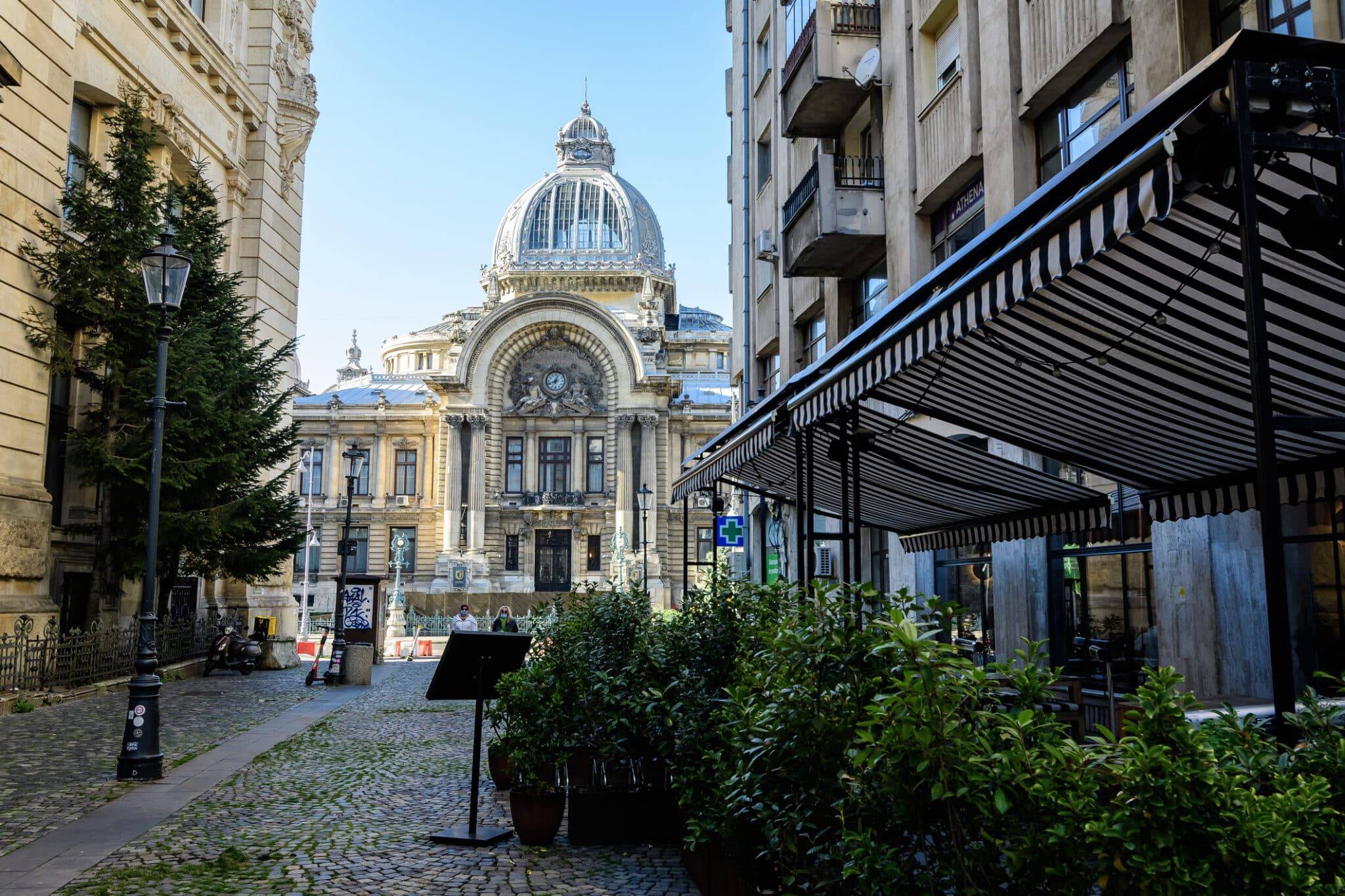
Bucharest
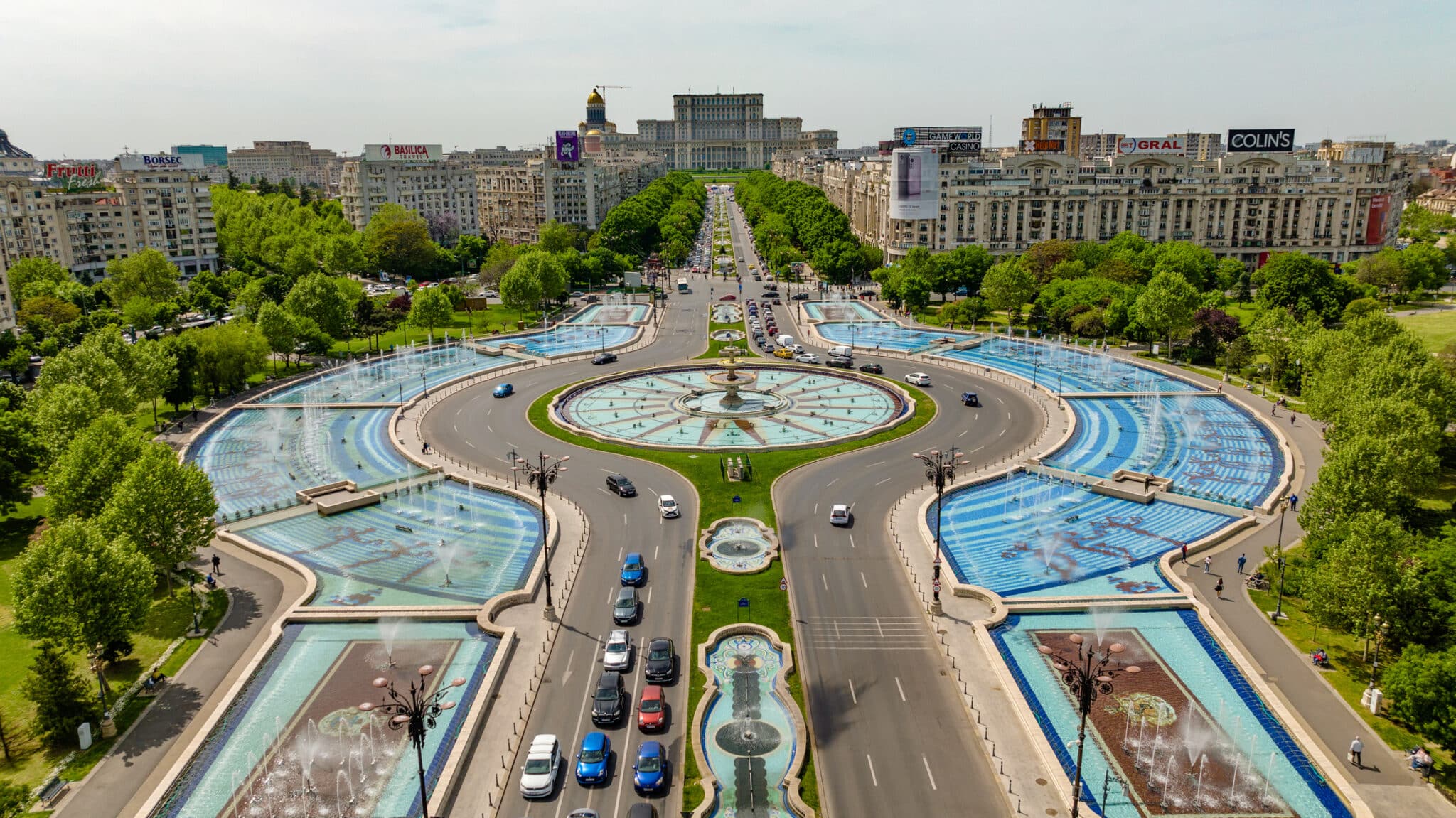
Snagov Lake, Sinaia
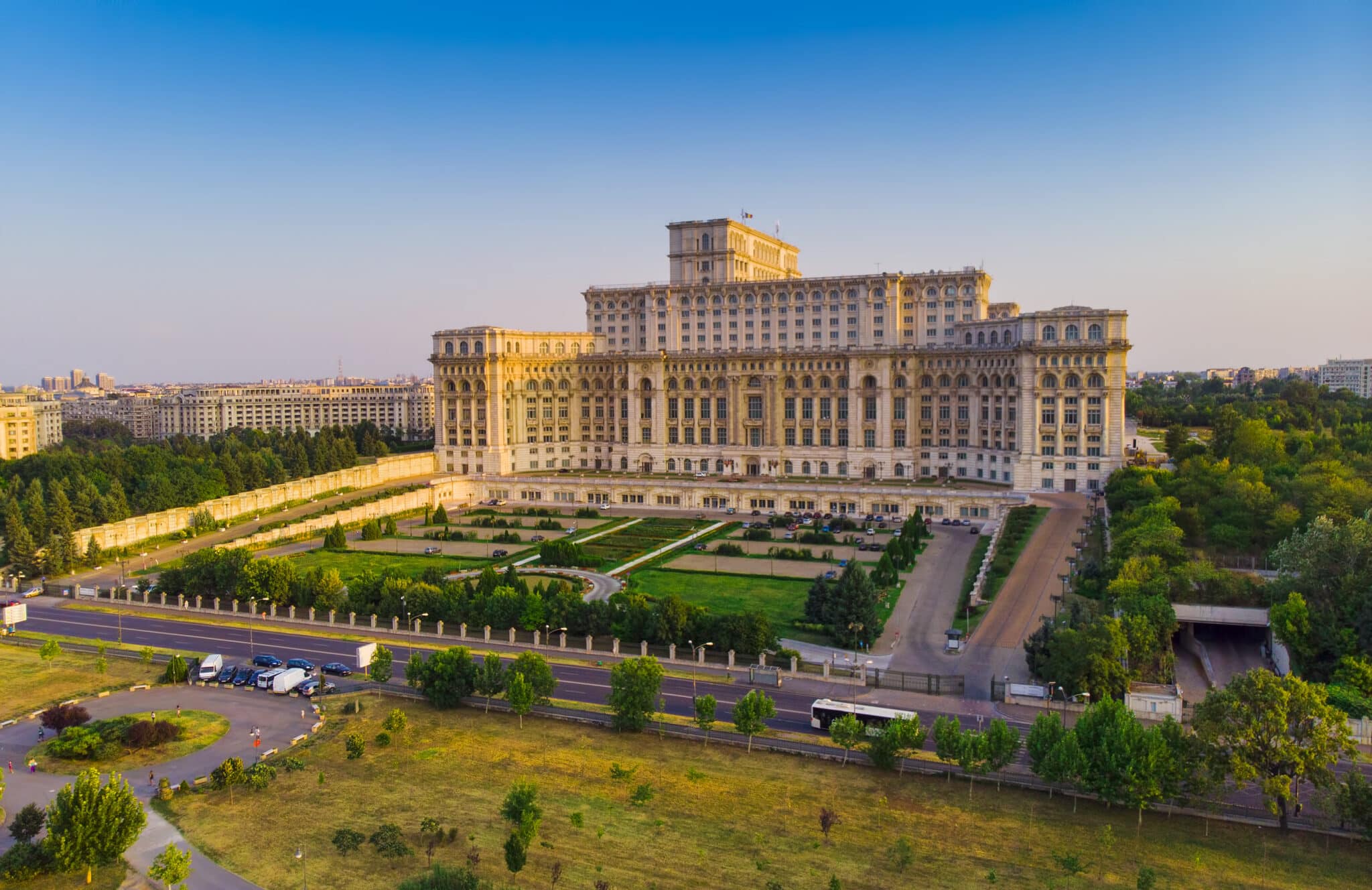
Sinaia
On this day, we will visit the former summer residence of Carol I Hohenzollern and Elizabeth, the first Romanian royal couple – Peles Castle. This castle is considered one of the most beautiful castles in Europe. It was built using wood and stone and is maintained in a Renaissance style with numerous Gothic and Baroque elements. Inside, there are 160 rooms.
We will also explore Pelișor, which is part of the Peleș Castle complex, the summer residence of the Romanian royal family’s heir, Ferdinand I. The building features many Art Nouveau elements.
Overnight stay in the town of Sinaia.
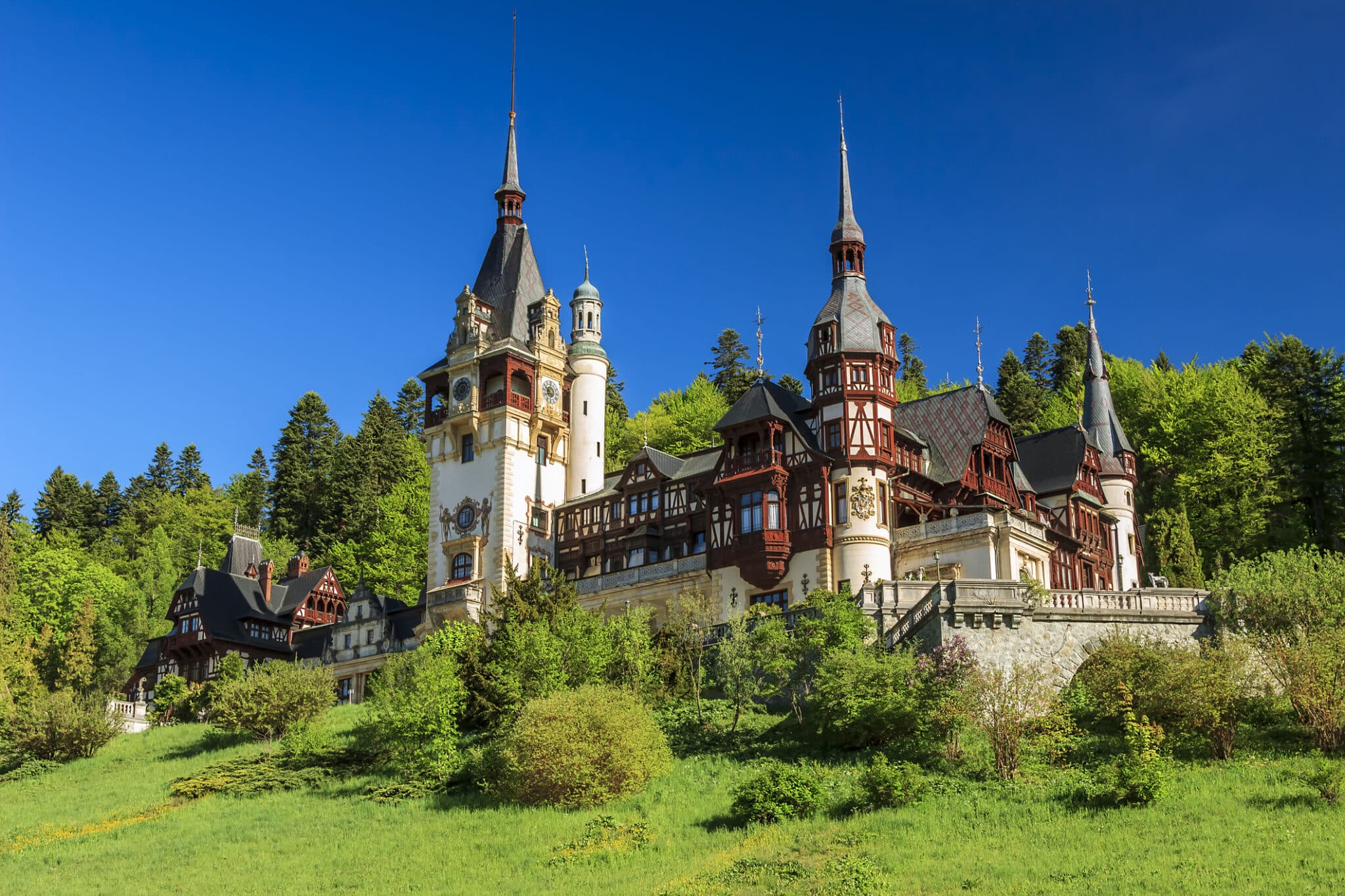
Bran
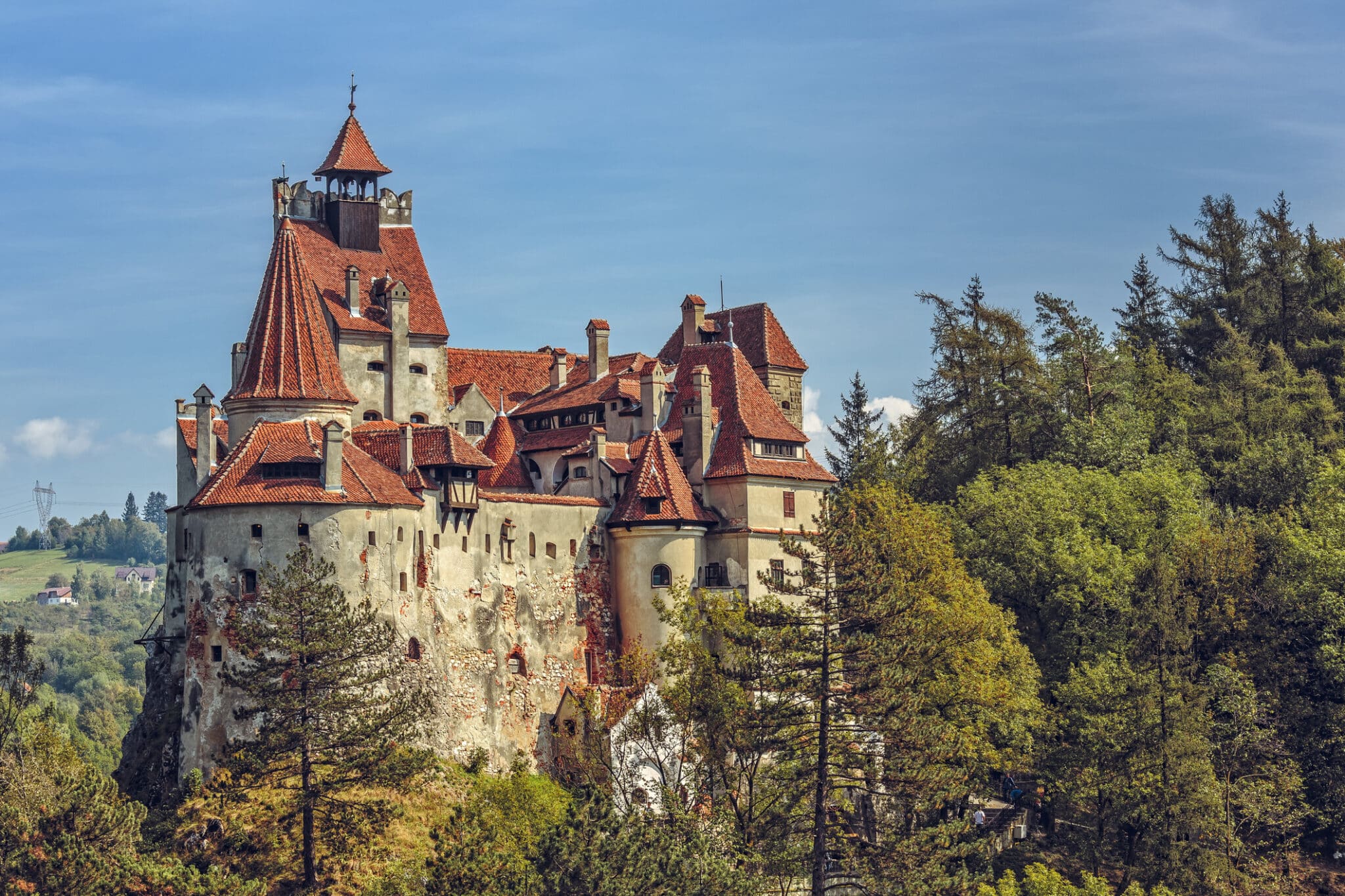
Sighisoara
Today, we will visit Sighișoara, the most colorful and attractive city in Romania. The old town is rightfully inscribed on the UNESCO World Heritage List. Here, medieval buildings and wooden staircases leading to the school have been exceptionally well-preserved.
For those interested, a visit to the Historical Museum is available, offering tourists an insight into the culture, traditions, and history of Romania. The museum is located in one of the rooms of the Clock Tower, which dominates the city. Next, we will travel to Biertan, a small historic village with the best-preserved example of a fortified church in Romania. This picturesque Saxon village is on the UNESCO list.
Afterwards, we will head to Sibiu, a city located in the southern part of Transylvania. In 2007, after Romania’s accession to the European Union, Sibiu held the title of the European Capital of Culture. Exploring the old town, often referred to as a “living museum,” will start at the Great Square (Piața Mare), Bruckenthal Palace, and the Jesuit Church.
Then, we will see the Small Square (Piața Mică), the Council Tower (Turnul Sfatului), and Huet Square (Piața Huet) with the Evangelical Cathedral from the 14th century. We’ll stroll along Mitropolije Street, where the Metropolitan Cathedral of the Transylvanian Metropolis is located.
Overnight stay in Sibiu.
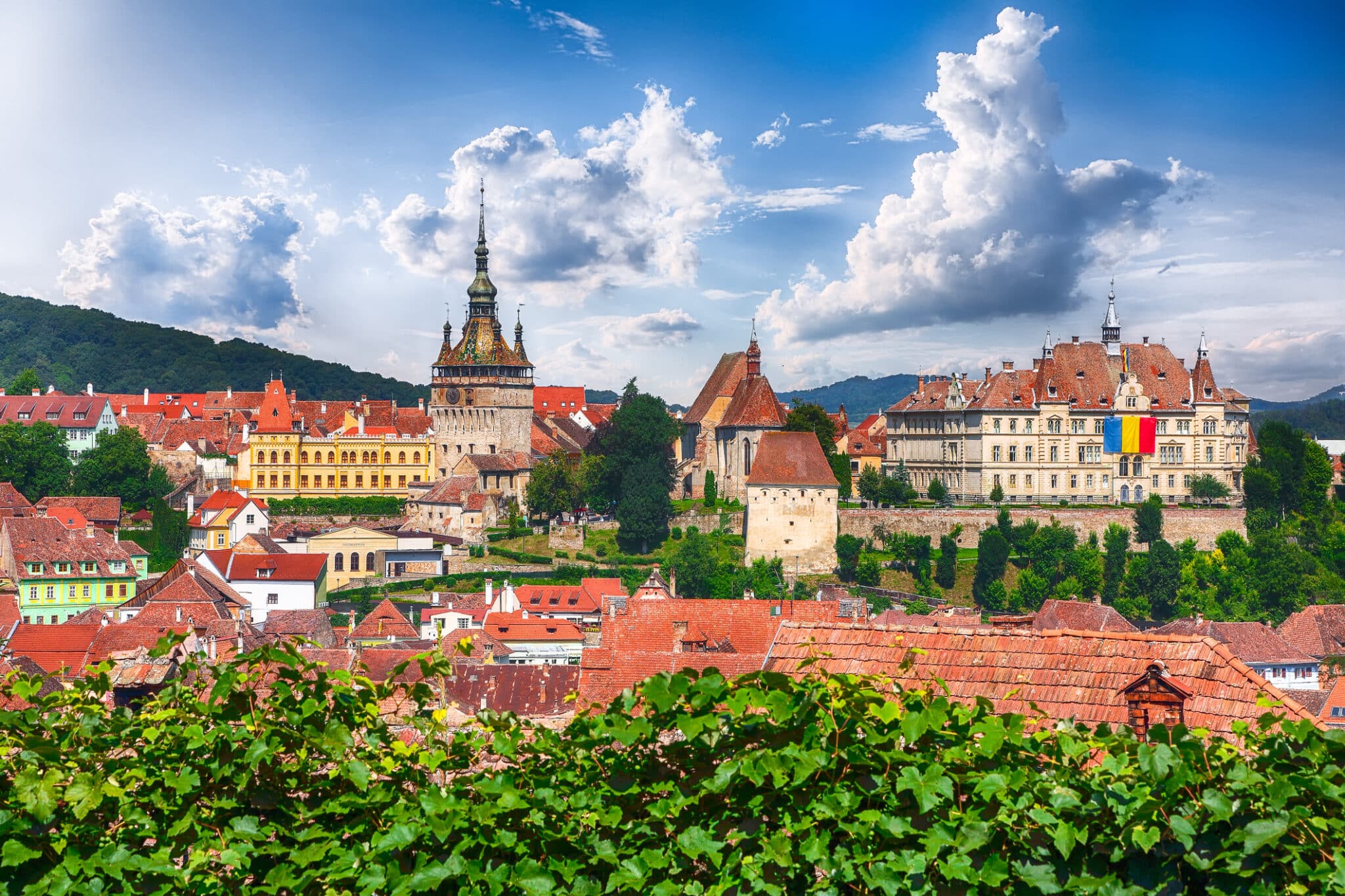
Alba Iulia
After breakfast, we will set out on the road to Timisoara. We will pass through Alba Iulia, the site of the coronation of the monarchs of Greater Romania, and Hunedoara (Vajdahunyad), where we will visit Hunyad Castle from the 14th century. It is the most representative secular Gothic building in Transylvania (Erdelj), once inhabited by the famous Hungarian regent Hunyadi János.
In Timisoara, we will see Victory Square, where the buildings of the Opera and National Theater (built in 1872), the Metropolitan Cathedral of Banat (Romanian) (built in 1946), the monument of the she-wolf nursing Romulus and Remus (a gift from Rome in 1926), and the representative Secessionist architecture from 1910-1914 are located.
We will stroll through Freedom Square, where the old town hall is situated (built in 1734 in Baroque style), the statue of the Virgin Mary, and the bust of the last Dacian king Decebalus. We will also see Union Square, featuring the Plague Column, the Roman Catholic Cathedral (built between 1736-1774), the baroque palace (former residence of the Serbian Voivodina), and the Serbian Orthodox Church (built in 1748).
Overnight stay in Timisoara.

Budapest
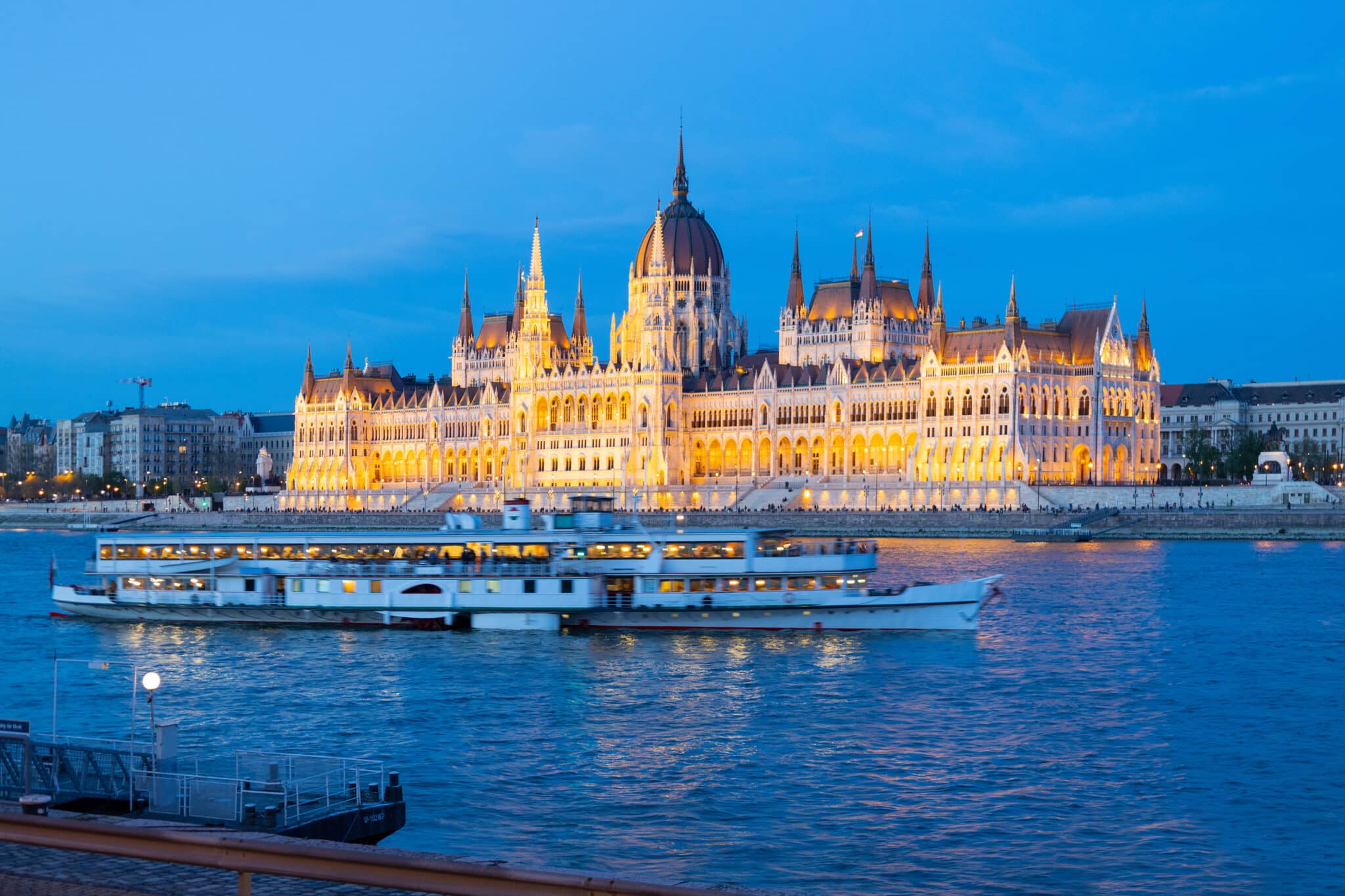
Departure from Budapest
After breakfast and checking out from the hotel, we will visit Gellért Hill and Castle Hill. Buda Castle, along with Castle Hill, is inscribed on the UNESCO World Heritage List. We will then stroll towards Matthias Church and the Fisherman’s Bastion, from where there is a panoramic view of the Danube and the Parliament on the other side of the river. In the distance to the right, you’ll also see the beautiful Chain Bridge.
In the afternoon, we will head to the airport to check in for the return flight. We invite you to join us on future adventures with Rek Travel Adventure. Perhaps next time, it will be France and the Castles of the Loire.
Romania 2024: Homeland of Count Dracula
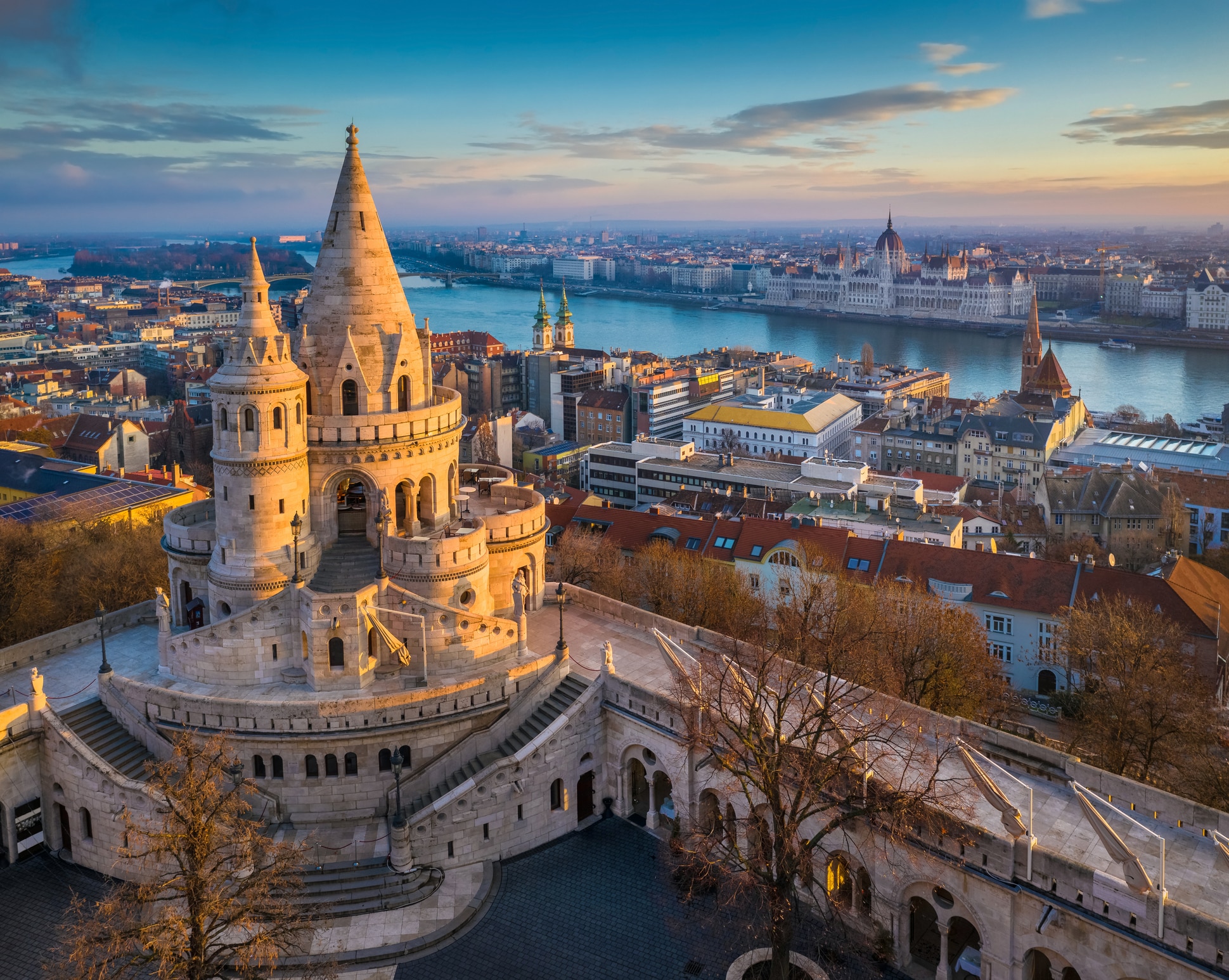
Selected tour route
The company is not responsible for any loss of customer's property due to burglary, theft, loss, etc. We also do not assume responsibility for any losses incurred by the customer in motels. Rek Travel reserves the right to change the itinerary due to circumstances beyond its control. The customer is obliged to comply with the tour regulations. Tour participants are insured according to the requirements of the US Department of Transportation for a total amount of $500,000 (insurance policy available upon request). Participants may opt for additional insurance coverage for hospital and outpatient treatment of illnesses acquired during the tour, as well as accidents in visited facilities (further information available at the office) for an additional fee.
 Rek Travel Adventure
Rek Travel Adventure